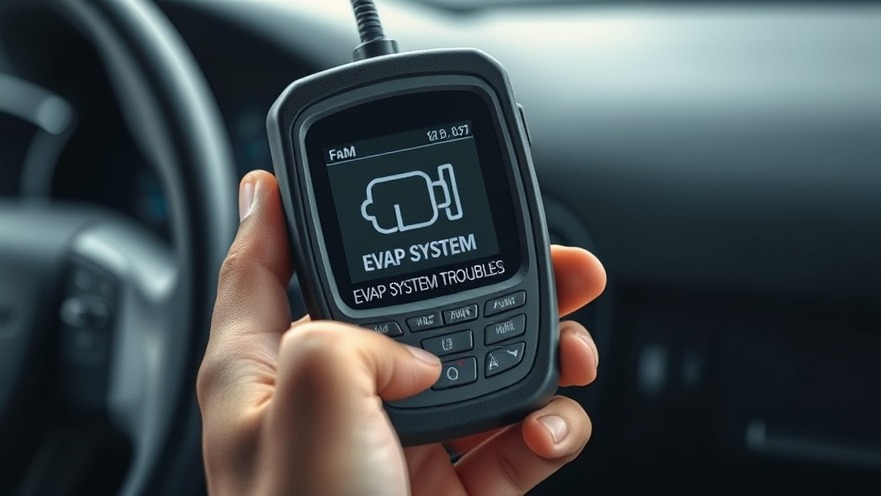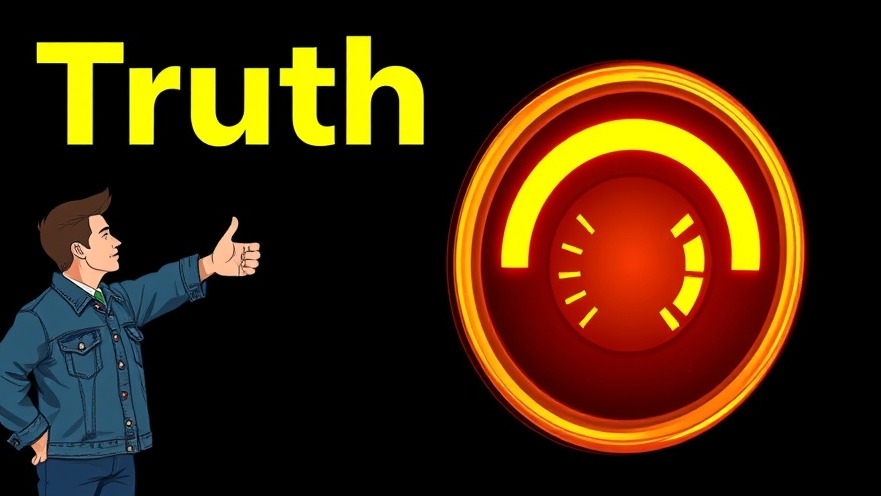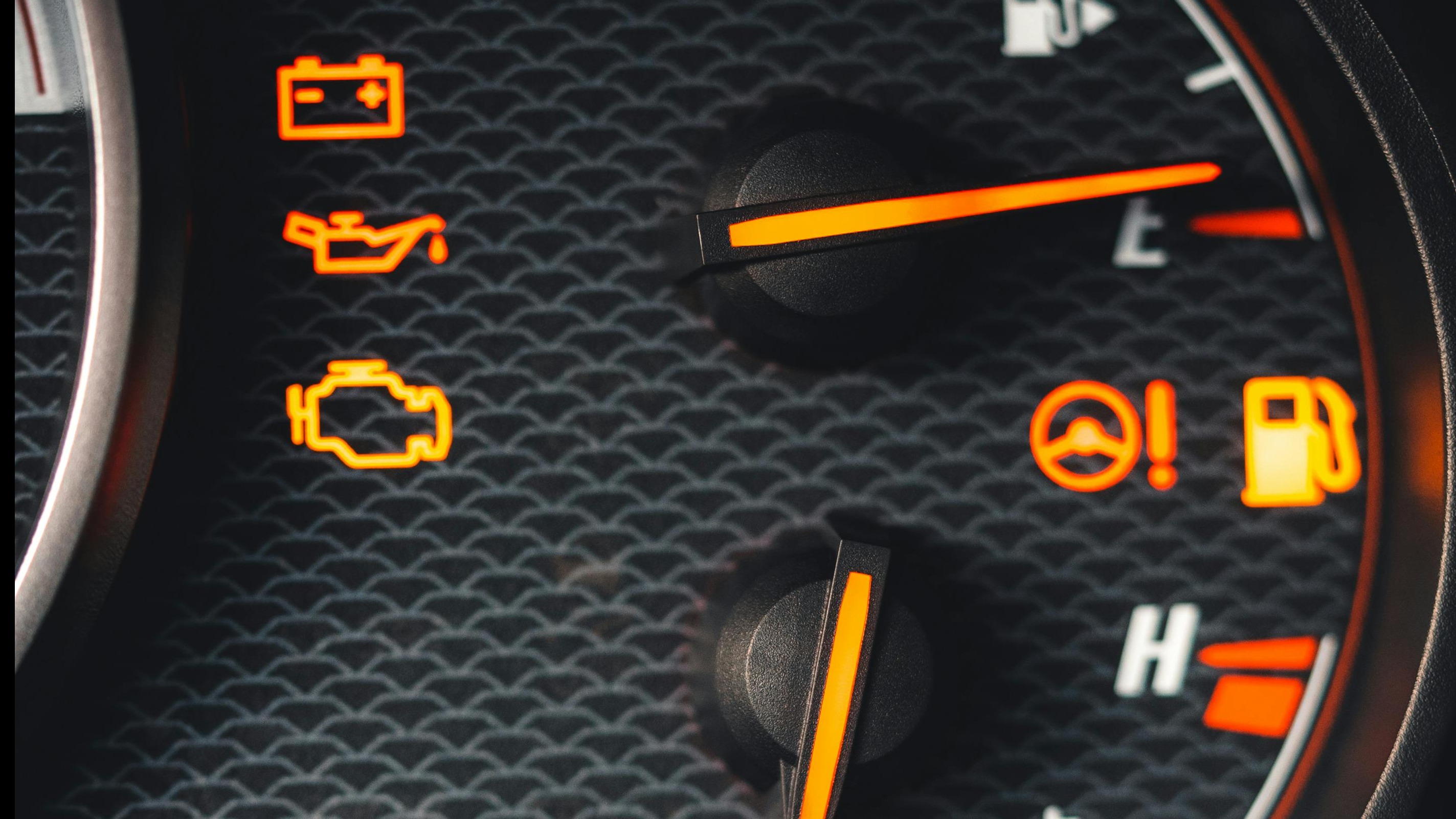Diagnostics
Uncover the Top 5 Problems with the Ford Excursion SUV
Understanding Common Ford Excursion IssuesThe Ford Excursion, a massive SUV known for its spacious interior and robust towing capabilities, was manufactured between 2000 and 2005. Despite its appeal, owners may face several persistent problems that could dampen their ownership experience. Here, we explore these issues to help you understand what to expect and how to tackle them.In 'Top 5 Problems Ford Excursion SUV 2000 - 2005 1st Generation,' the video covers common issues faced by owners of the Ford Excursion, prompting a deeper analysis of these problems and providing solutions.
1. EGR Problems and Their Impact on PerformanceOne of the most common issues with the gas-powered engines of the Ford Excursion involves the Exhaust Gas Recirculation (EGR) system. Specifically, the EGR sensor tends to stick, which can lead to the valve remaining open. This malfunction results in rough engine performance, a noticeable decrease in fuel efficiency, and the ever-dreaded check engine light. If you experience a rough idle or poor acceleration, it may be time to inspect and replace both the EGR valve and sensor. Parts can often be found easily online.2. Oil in Fuel and Fuel in Oil: A Costly MixAnother significant issue arises with the 7.3L Power Stroke engine: oil contamination in the fuel system. This problem usually stems from worn seals or O-rings on the fuel injectors, potentially leading to costly repairs if not addressed promptly. If you notice that oil is mixing with your fuel, it’s essential to reseal the injectors and ensure everything is functioning correctly. It’s also a good idea to replace your glow plugs while you’re at it, as this can provide your engine with a more reliable start.3. Dysfunctional Door Locks: A Small Yet Annoying IssueWhile issues like engine performance are pressing, owners should also pay attention to smaller but still significant problems, like door lock failures. This typically comes down to faulty door lock actuators, which can lead to all doors being stuck in either the locked or unlocked state. In many cases, the wiring contributes to this issue as well. Fixing it involves replacing the actuator, and while you're at it, inspecting the door jar switch to prevent future headaches such as drained batteries.4. Head Gasket Failures: A Serious ConcernA notorious problem plaguing gas engines, including the Ford Excursion, is the failure of head gaskets. This failure can manifest in two ways: oil leaks or internal failures that lead to coolant mixing with oil. The only reliable solution to a blown head gasket is to replace it, which, admittedly, can be a daunting task, often requiring considerable labor to remove and then reseal the head. Ensuring a proper diagnosis is crucial to avoid unnecessary repairs.5. Misfire and Exhaust Noise: A Clear WarningLastly, the popping sound combined with misfiring can indicate a serious issue with the engine, often related to spark plugs blowing out. It’s advisable to address this immediately, as it can cause further damage to both the spark plugs and the ignition coil. If you find yourself in this situation, a reliable repair method includes retapping the cylinder threads with the help of grease to capture metal shavings during the process. After making the necessary repairs, it’s wise to replace all spark plugs to ensure optimal performance moving forward.Time to Take Action!As a Ford Excursion owner, being proactive about these common issues can save you time, money, and frustration down the road. Be sure to check for these common signs early on and consult automotive resources or professionals when needed to keep your SUV running strong!

 Add Row
Add Row
 Add
Add

 Add Row
Add Row
 Add Element
Add Element










 Add Row
Add Row
 Add
Add

